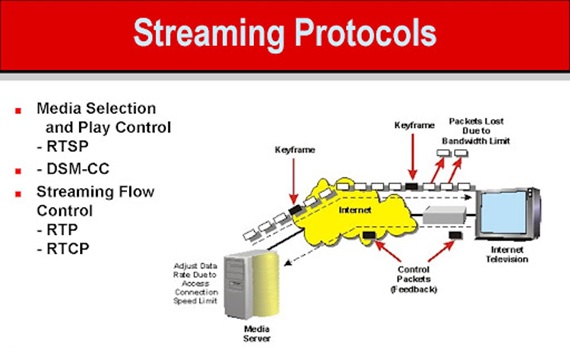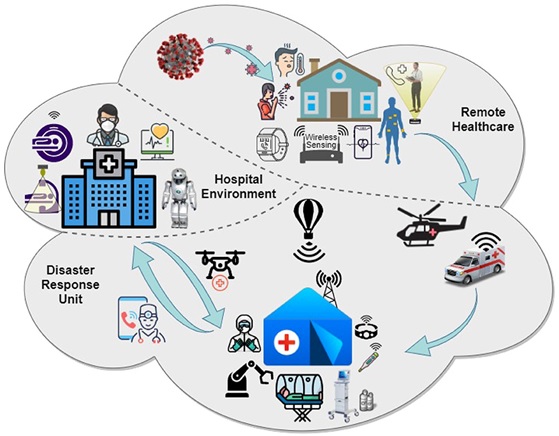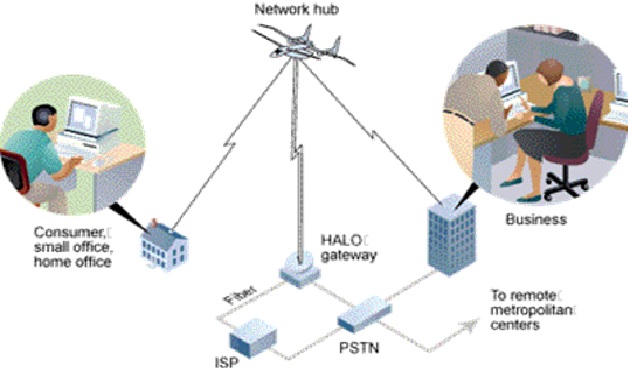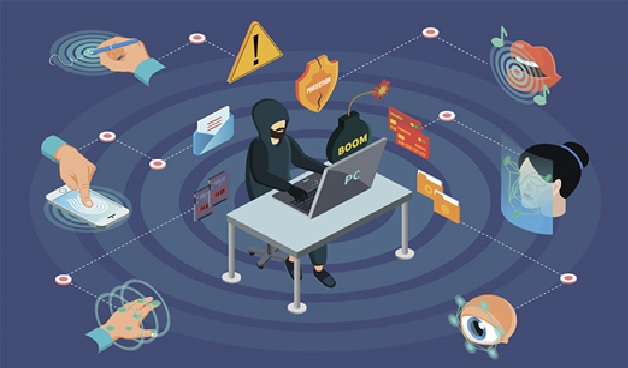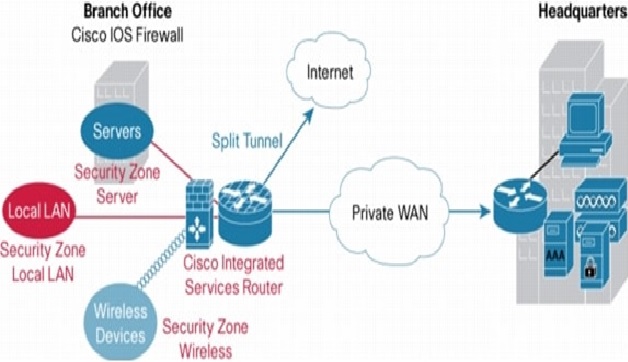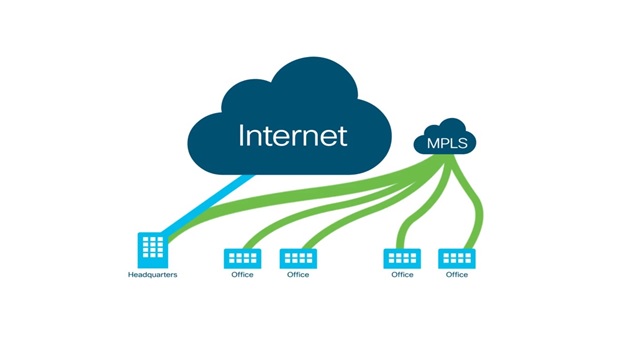Session Initiation Protocol
Session Initiation Protocol was designed by IETF and is described in RFC 3261. It’s the protocol of application layer that describes the way to found out Internet telephone calls, video conferences and other multimedia connections, manage them and [1] terminate them. It’s one module. it’s ready to establish two-way party session, multiparty session and multicast session. It’s design independent of underlying transport layer. It’s ready to run on UDP or TCP.
Session Initiation Protocol (SIP) is an internet signaling protocol that is used to initiate, maintain, and terminate real-time voice and video communication. An internet protocol is a set of rules for routing packets of data across figure 1 shown given below a network. SIP is often used for mobile phone calling over LTE and in IP telephony systems.
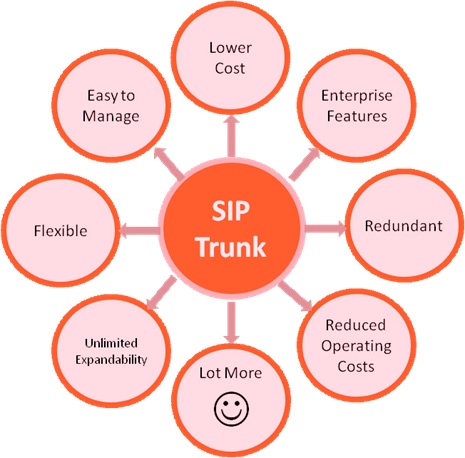
Figure 1. Session Initiation Protocol
It enables businesses to take their communications to the next level, by enabling not just voice-sharing but video conferencing and text messaging as well. Unified communications are made possible for an organization through SIP.
Important SIP Features
Note that SIP is a signaling protocol. In other words, it doesn’t handle the specifics of multimedia sessions. Other [2] protocols such as the Sessions Description Protocol and Real-Time Transport Protocol handle media details and data delivery respectively.
Session Initiation Protocol initiates a call between two or more people where the SIP client establishes specifics of the request. The other party can choose to accept or reject it. This transmission is done securely through Transport Layer Security (TLS).
Additionally, Session Initiation Protocol makes it possible for users with different service providers to interact and communicate. It can boost your IP telephony call with a process called SIP trunking.
SIP invitations are used to create sessions and carry session descriptions that allow participants to agree on a set of compatible [3] media types. In this way, SIP is not restricted to any particular media type, and can therefore handle the expanding range of media technologies.
SIP enables user mobility through a mechanism that allows requests to be proxied or redirected to the user's current location. Users can register their current location with their home server.
SIP supports end-to-end and hop-by-hop authentication, as well as end-to-end encryption using S/MIME.
Members in a SIP session can communicate using multicast or unicast relations, or a combination of these. In addition, SIP is independent of the lower-layer transport protocol, which allows it to take advantage of new transport protocols.
Software implementing the basic SIP protocol can be extended with additional capabilities and is actively being exploited for many media applications.
References:
- https://en.wikipedia.org/wiki/Session_Initiation_Protocol
- https://www.unitedworldtelecom.com/learn/what-is-session-initiation-protocol-sip/
- https://www.metaswitch.com/knowledge-center/reference/what-is-session-initiation-protocol-sip
Cite this article:
S Nandhinidwaraka (2021) Session Initiation Protocol, AnaTechMaz, pp. 31


